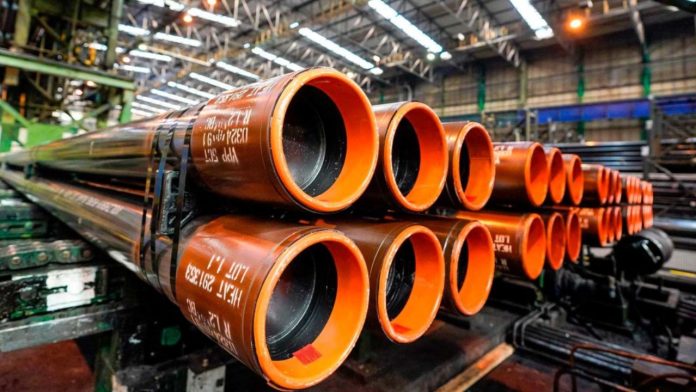The industries that use a constant system of flow, pressure maintenance, and safety systems need to understand the length and internal structure of the pipes. Pipe schedule charts, especially Schedule 40 and Schedule 80, are among the most important tools in this industry as they specify the thickness of the walls in the pipe in proportion to the shape of the pipe. Leading this quest to supply this technical clarity is a renowned company in the manufacturing of steel pipes called PandaPipe, which was established in 1998. The focus they have on the precision of dimensions and international standards makes their Pipe Schedule Chart 40/80- Astm Standards Pipe Size Pdf not only a table, but also a reliable engineering tool.
The Meaning of Pipe Schedule
The standardised wall thickness of a certain pipe by its nominal size is defined as the pipe schedule. It does not imply the actual thickness of millimetres or inches of the wall of the pipe itself, but a code, which relates to another thickness given source to the circumference of the pipe. Schedule 40 is normally used in low-pressure systems, as it will represent the industry standard on most general applications. Schedule 80 on its part is thicker-walled and used where strength and durability are required, in high-pressure applications.
These dimensions are a matter of safety, quality, and performance, and manufacturers such as PandaPipe have no option other than to ensure they get them as perfect as possible. This is particularly when such pipes are utilised in the most crucial infrastructure, such as water systems, oil and gas pipelines, and industrial transport systems.
Why Schedule 40 and 80 Stand Out
The most popular pipe schedules in the world are the Schedule 40 and the Schedule 80. Schedule 40 pipes are economical and give decent performance, which is why the pipes can fit numerous projects. They can be handled easily and at the same time are resistant to light pressure as well as corrosion. Schedule 80 pipes, on the other hand, have a thicker wall; thus, they are more suitable in pressurised systems, especially in chemical processing plants, power plants and high-stress mechanical applications.
PandaPipe’s Charting Approach
Another component which sets PandaPipe apart in the competing business arena of pipe manufacturing is that they take a more analytical perspective of dimension charts. They create their Schedule 40 and 80 charts not only as technical documentation, but also as a strategy guide to the engineers and procurement department. All the charts are calibrated with ASTM standards, and each of them offers precise, detailed specifications like the outer diameter (OD), wall thickness, and internal diameter (ID) with precision during design and installation.
Technical documents at PandaPipe additionally give data to compare according to various standards like ASTM A53, A106, A500 and API 5L, based on which the customer can come to a decision on choosing relevant grades and substances. The solution to this holistic approach is to ensure that engineers do not under-specify a high-pressure application and over-specify in low-demand situations to optimise cost and performance alike.
Applications That Depend on Accuracy
The dimensional variations can be small, but the difference between a working system and a failed system can sometimes be linked to that. This is because even a small calculation error in fire protection systems may affect pressure control. In oil and gas pipelines, the wrong internal diameters may result in jamming or breakage due to high pressure. This is the scene where the dimensional fidelity adopted by PandaPipe comes in handy. Be it in the distribution of water, in the construction or in the energy pipelines, a proper schedule chart can be used to enhance long-term efficiency and the safety of the system.
Global Standards, Local Trust
Through investment in automated Inspection Machinery and stringent tests in its own laboratory, PandaPipe ensures its ability to meet international standards such as API 5L and API 5CT, ASTM, and EN. This accuracy applies to their Schedule 40 and 80 pipe charts, which can be downloaded as PDF files to be consulted at any point of project planning by engineers and procurement teams.
Conclusion
When it comes to an industry where everything is measured in millimetres, the blueprint of reliability is a universally used pipe schedule chart. The extensive work on the Schedule 40 and Schedule 80 pipe dimensions of PandaPipe represents their overall mission of offering high-quality steel pipes to prepare them to adapt to the changing needs of the world’s infrastructural requirements. In all the projects that require no compromise when it comes to performance and safety, the charts that PandaPipe’s team developed are not only guides but foundations.




